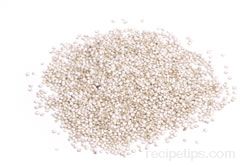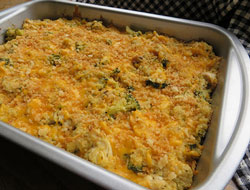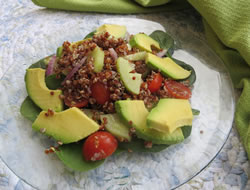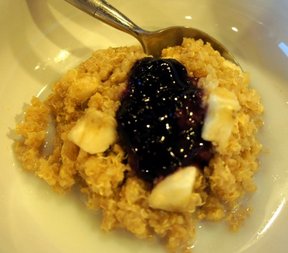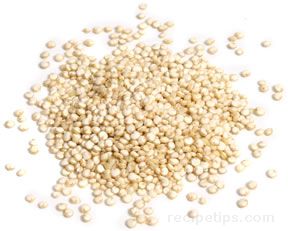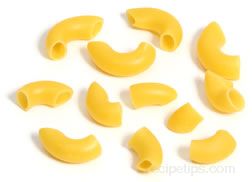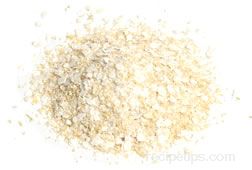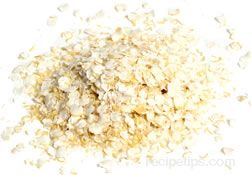When cooked in water, the seeds increase in size significantly, swelling three or four-fold. The cooked seeds become tender, with a springy texture. Uncooked seeds have a crunchy texture and a flavor that may range from mild to slightly bitter. Quinoa will not overpower other ingredients as it complements rice, couscous, beans, stews, and other similar dishes.
A powdery resin known as saponin covers quinoa seeds, which must be rinsed off before the seeds are used. If the seeds are not rinsed properly, the resin will produce a bitter flavor that can be very unpleasant. Quinoa sold in the United States (including imported quinoa) is washed well when it is processed, so the saponin is not an issue, but it is typically best to briefly rinse the seeds before cooking.
Nutritionally, quinoa is an excellent grain. It is loaded with protein and the amino acid lysine. Quinoa is also very high in iron and is an important source of calcium, zinc, potassium, magnesium, phosphorus, and copper.
Quinoa will keep for long periods (over a year) if it is stored in an airtight container in a cool, dry location away from sunlight. Among the other products made from quinoa are flour, commercially prepared cereals, and a variety of pastas. Quinoa is available in many specialty and health food stores as well as in well-stocked food stores.

